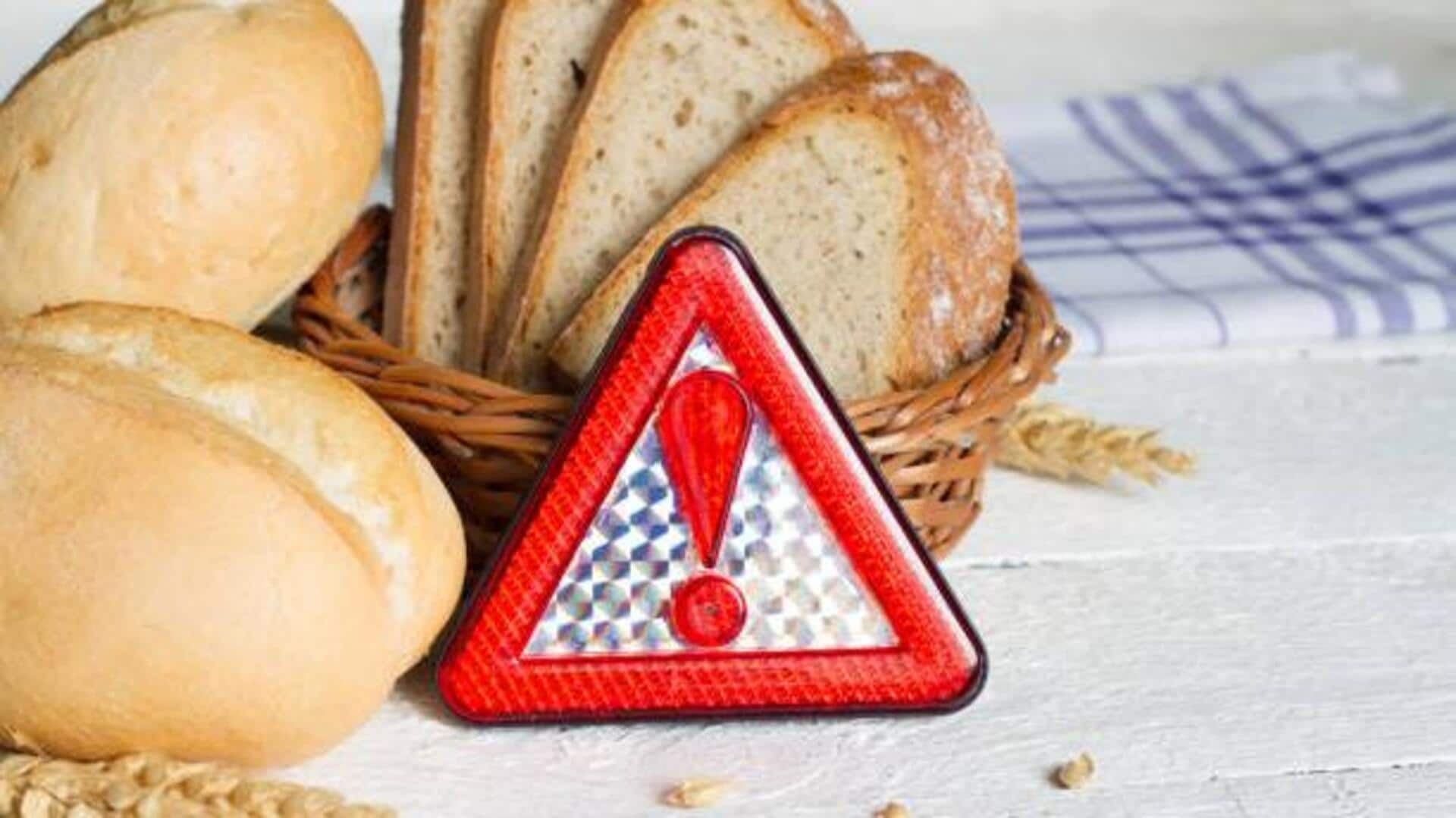
Gluten allergies: Myth v/s facts
What's the story
Gluten allergies and sensitivities have become a widely-discussed topic, often driving misconceptions. Most people think they need to avoid gluten, without fully realizing what it is or how it impacts the body. Here, we aim to bust some common myths about gluten allergies, giving factual insights into what gluten is and who actually needs to avoid it.
#1
Myth: Gluten-free equals healthier
A common misconception is that a gluten-free diet is inherently healthier for everyone. In reality, gluten-free products can be just as high in calories, sugars, and fats as their gluten-containing counterparts. For individuals without celiac disease or non-celiac gluten sensitivity, there's no proven health benefit from avoiding gluten. It's essential to focus on balanced nutrition rather than simply eliminating gluten.
#2
Myth: Gluten allergy is common
Many people mistakenly believe that having a gluten allergy is common. But true celiac disease only affects about 1% of the population worldwide. Non-celiac gluten sensitivity may affect a few more people but is still relatively rare when compared to other food intolerances or allergies. Knowing how common it actually is helps in making informed dietary choices.
#3
Myth: All grains contain gluten
Another myth is that all grains are glutenous and should be avoided by those with sensitivities/allergies. In reality, only particular grains, like wheat, barley, and rye, contain the protein complex. Other grains, like rice, quinoa, and corn, are inherently gluten-free and can be safely consumed by those with celiac disease/non-celiac sensitivity.
#4
Myth: Gluten causes weight gain
Some think eating foods with this protein causes weight gain directly. However, weight gain occurs when you consume more calories than your body requires, irrespective of whether it is from foods with this protein or not. A balanced diet mindful of portions and nutrient-dense foods aids healthy weight management better than merely cutting out one category of food component.